Report this entry
More from the same community-collection
Susan Magoffin - History - El Paso, Texas
History of Susan Shelby Magoffin who arrived in El Paso del ...
Haywood Antone Ph.D. & Carl Hertzog - Texas Western Press-1993
Haywood Antone Ph.D and international renowned publisher Carl ...
Mayor Joe Wardy - El Paso, Texas - 2004
Mayor Joe Wardy of El Paso, Texas speaks at event in 2004 ...
Texas Western College in 1955 , Aerial View - El Paso, Texas
Texas Western College, Aerial View shows Veteran Housing, Globe ...
UTEP Special Events Center, Construction - May 1976
UTEP Special Events Center was under construction May 1976.
UTEP Special Events Center, Construction - May 1976
Bulldozer works at entrance of UTEP Special Events Center which ...
Fraternity House - Texas Western College - 1955
This was a fraternity house for students at Texas Western ...
President Natalicio w/ Coach Haskins 1993
UTEP President Natalicio enjoys game in 1993 with famous ...
UTEP Library Construction circa 1975 El Paso, TX
Photo shows modernistic design of former UTEP Library which was ...
President's Residence, TWC, 1942-1958
Building on campus of Texas Western College in El Paso Texas ...
President's Residence, TWC, 1942-1958
Building on campus of Texas Western College in El Paso, Texas ...
John Graham, Professor Texas College of Mines circa 1930
John Graham, Professor Texas College of Mines in El Paso Texas ...
TWC President A. B. Templeton with Dr. Ken Beasley
Texas Western College President, A. B. Templeton with Dr. Ken ...
UTEP History Professor and Dr. Natalicio at Commencement
UTEP History Department chair and Dr. Natalicio at Commencement ...
President Diane Natalicio - El Paso, Texas
President Diane Natalicio at UTEP commencement in Special Events ...
Austin High School - 2017 - El Paso, Texas
Cheerleaders at Austin High School football game in the year ...
Principal, Craig Kehrwald - Austin High School - 2017
Principal, Craig Kehrwald - Austin High School football game.
Austin High School - 2017 - El Paso, Texas
Cheerleader at a football game at Austin High School - El Paso, ...

















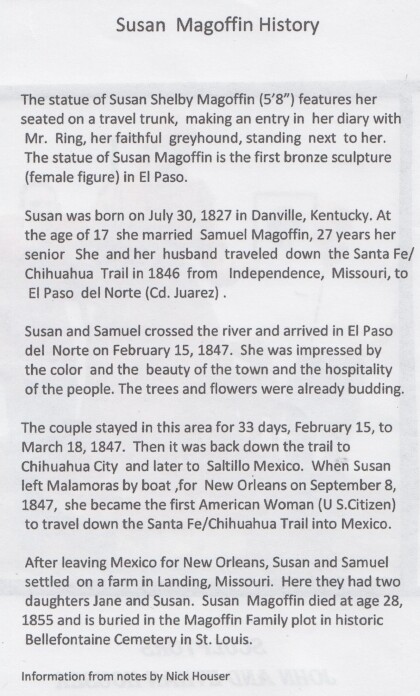
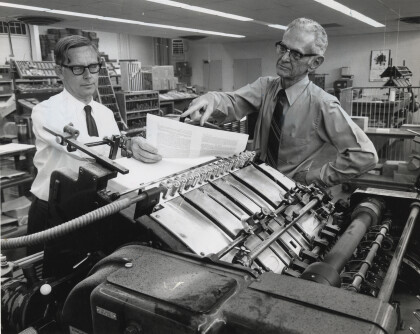
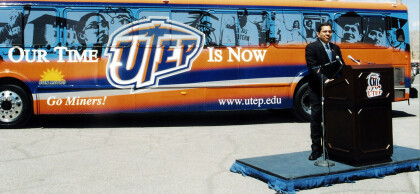
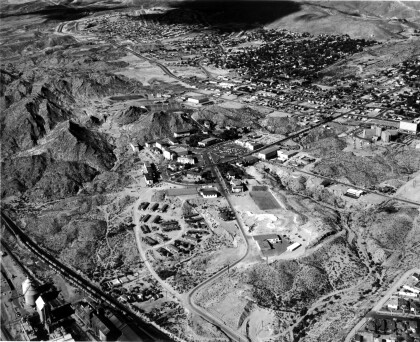
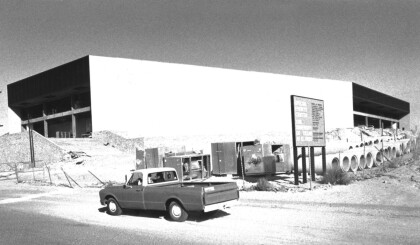
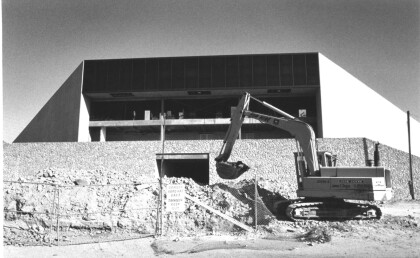
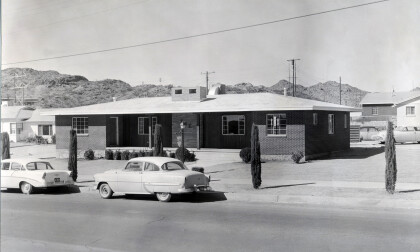
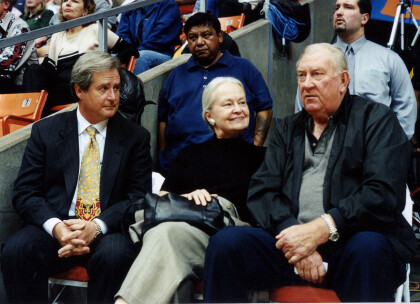
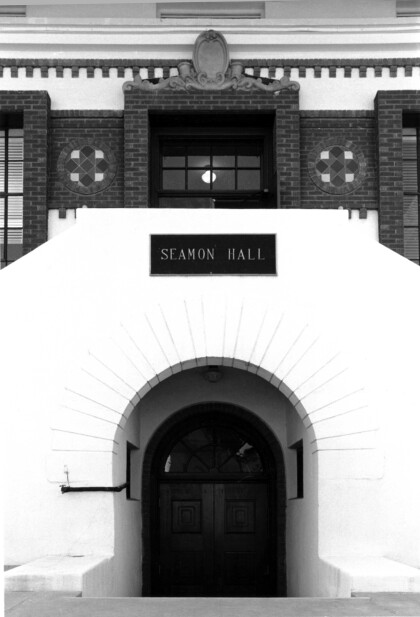
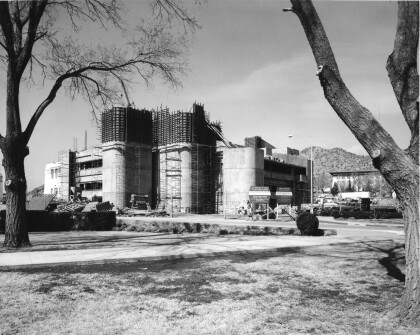
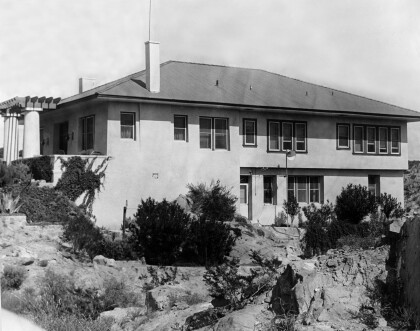

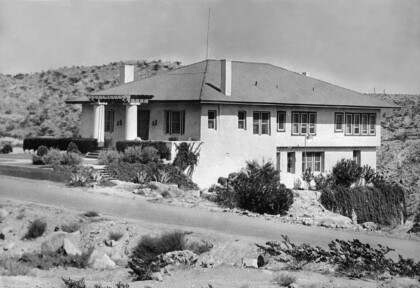
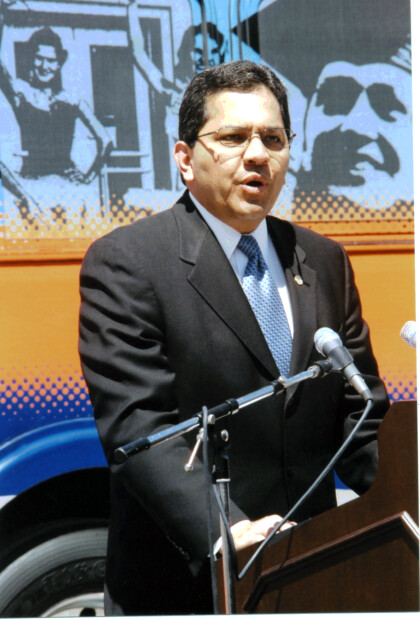
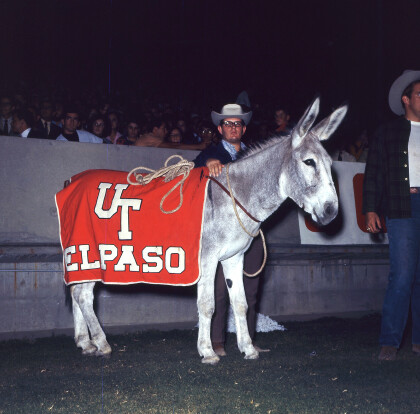
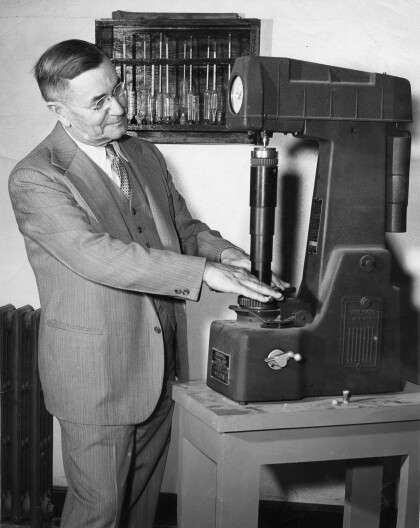
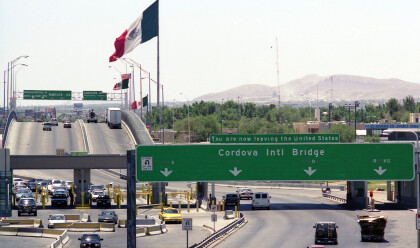
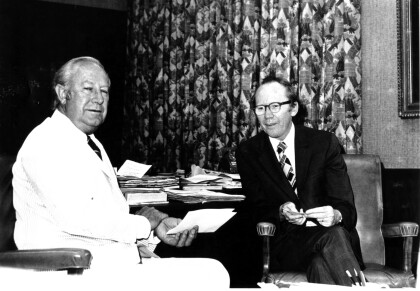
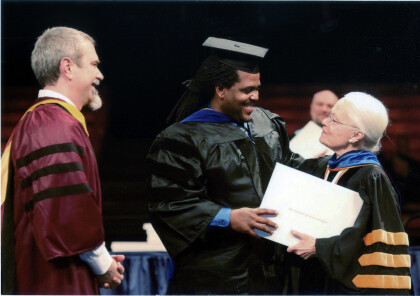
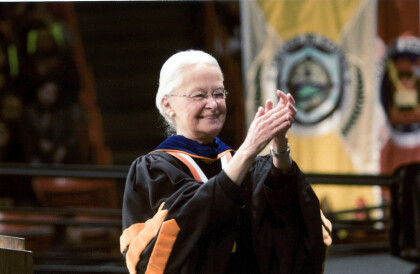
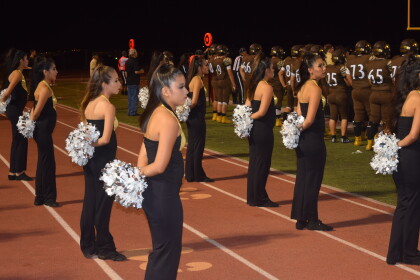


Comments
Add a comment